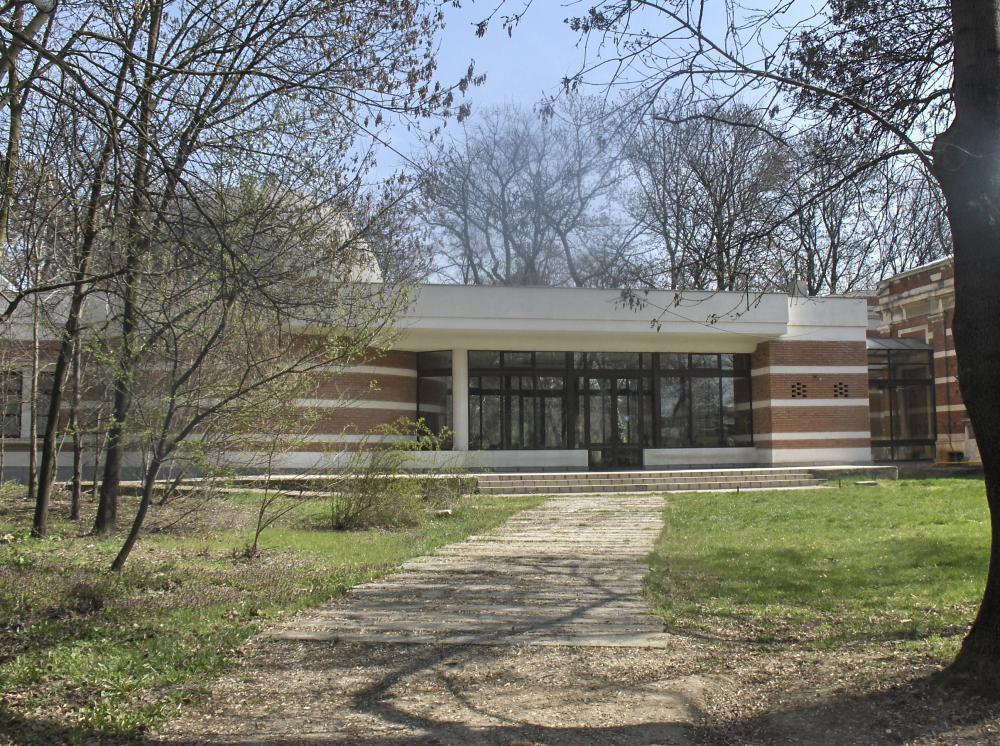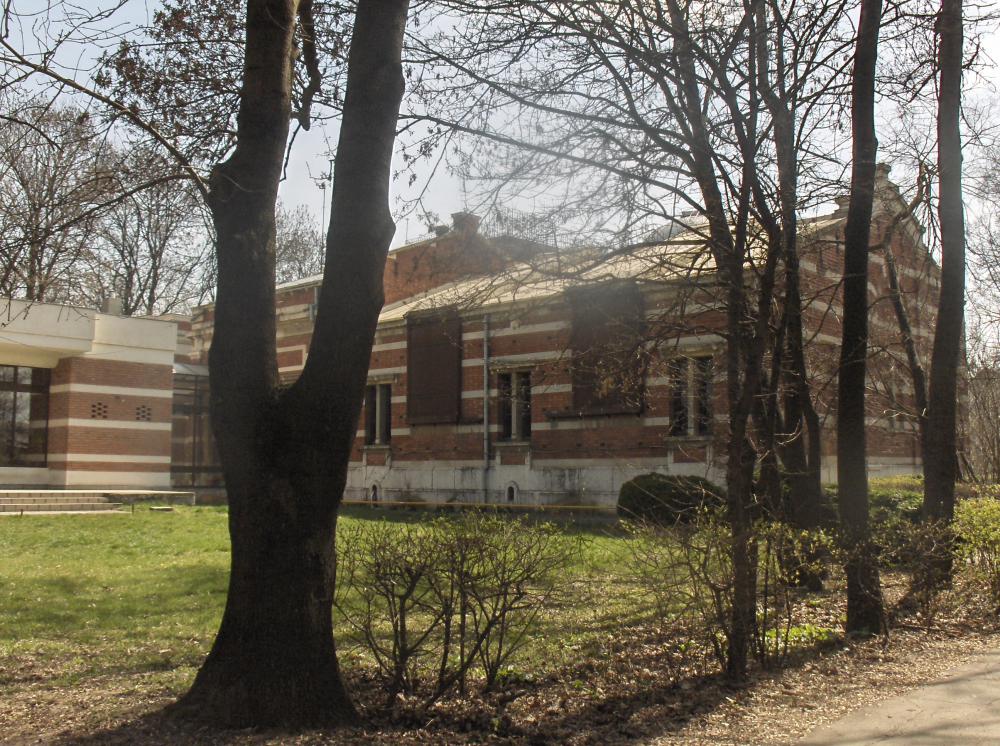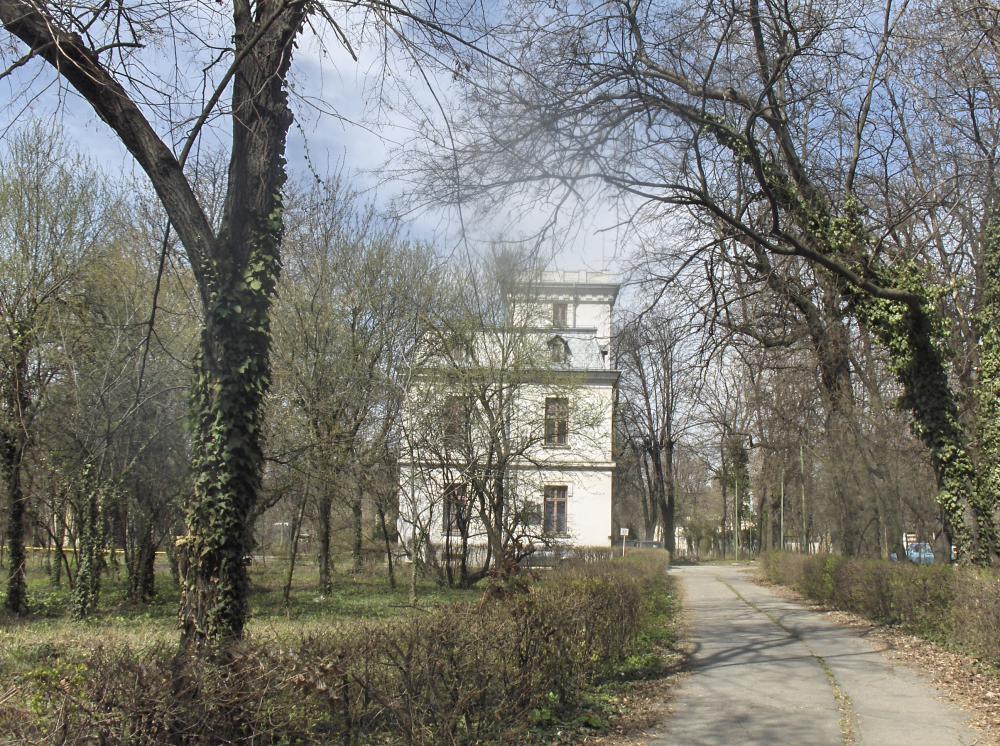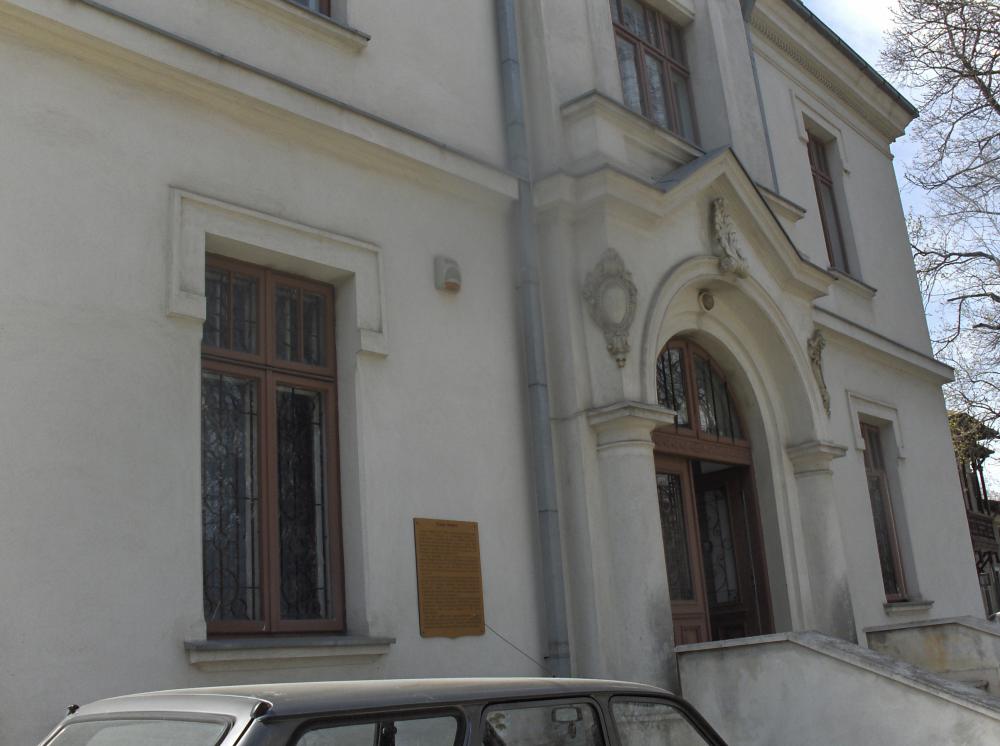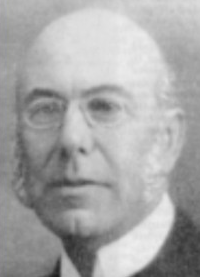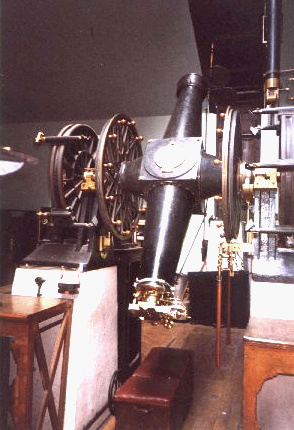
Category of Astronomical Heritage: tangible immovable
Bucharest Observatory, Bucuresti, Romania

Description
Geographical position
Bucharest Observatory,
Str. Cutitul de Argint 5, 040557 Bucuresti, Romania
Location
Latitude 44.410825 N, longitude 26.094853 E, Elevation ...m above mean sea level.
IAU observatory code
073
Description of (scientific/cultural/natural) heritage
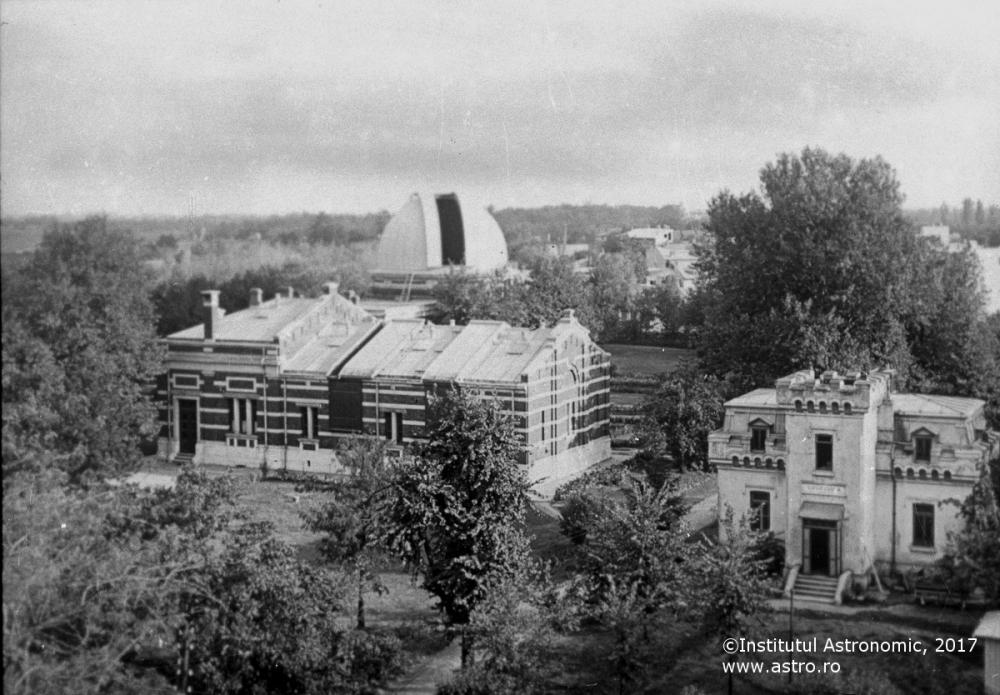
Fig. 1. Meteorological Institute of Romania with Meridian Hall and Sun Building (1893)
Already in 1884, the Meteorological Institute of Romania was founded by the meteorologist and physicist Stefan Hepites, in addition a small Meridian Hall (1893) and a Sun Building (1893).

Fig. 2a. Minister Spiru Haret (1851--1912)
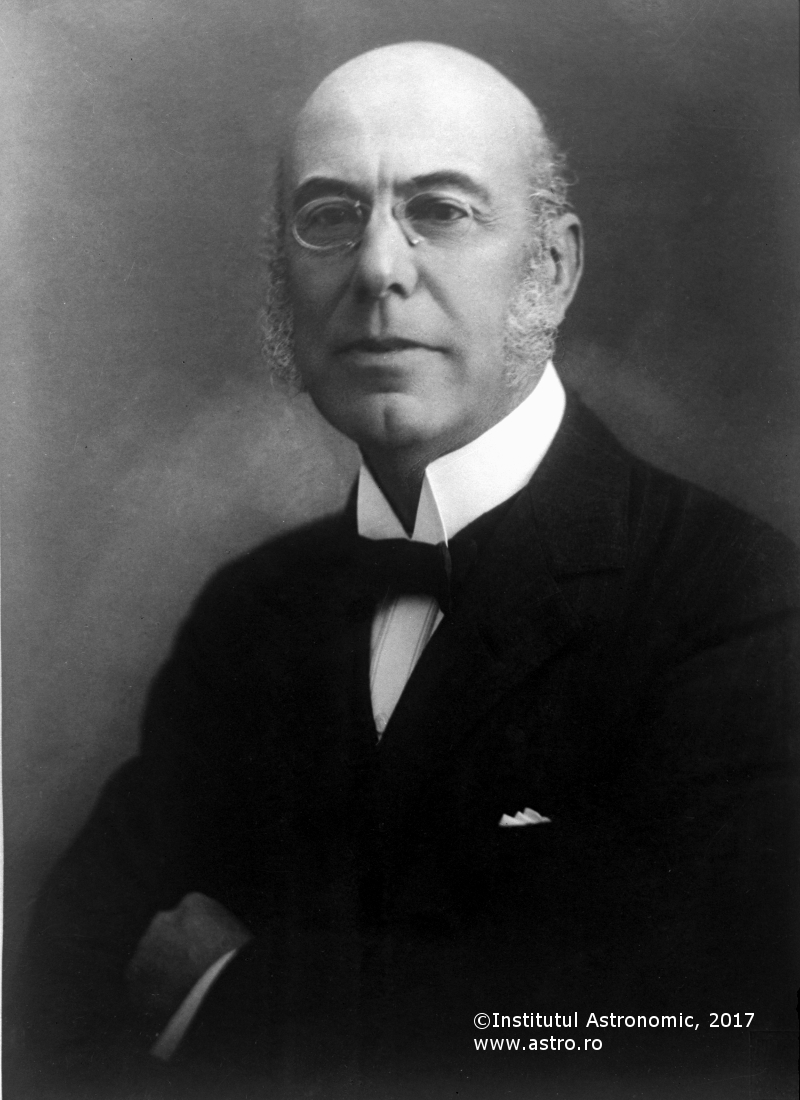
Fig. 2b. Nicolae C. Coculescu (1866--1952), director from 1908 to 1937
In 1908, the Minister Spiru Haret (1851--1912), founded the Meteorological and Astronomical Observatory in Bucharest in Filaret Hill, under the leadership of Nicolae C. Coculescu (1866--1952), director from 1908 to 1937. From 1890 to 1895, he studied in Paris (PhD); his topics of research were celestial mechanics and the calculation of planetary perturbations.

Fig. 3a. Meteorological and Astronomical Observatory in Bucharest (1908), Meridian Hall (HPIM3410)
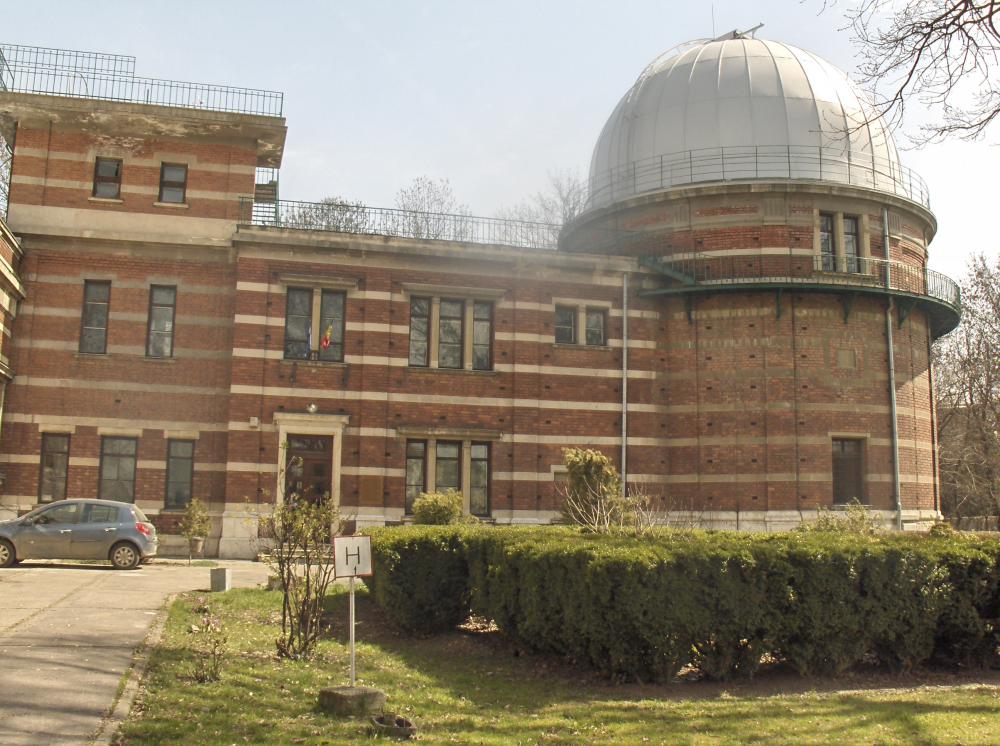
Fig. 3b. Astronomical Institute of Romania: Dome of the Gautier-Prin-Equatorial Telescope, installed in 1926, and Meridian Hall adjoins on the left at a 90° angle - not visible in this photo
The Bucharest Oservatory on Filaret Hill consists of a Main Building, an Equatorial Dome of 11.5-m-diameter, and a Meridian Hall. It was built in 1908 by the Belgian architect Adolphe Engels in neo-classical architectural style, with the help of the engineer Mihail Roco. Adolphe Engels was also responsible for the government buildings in Brussels, especially for the conservation of the Palais de Justice.
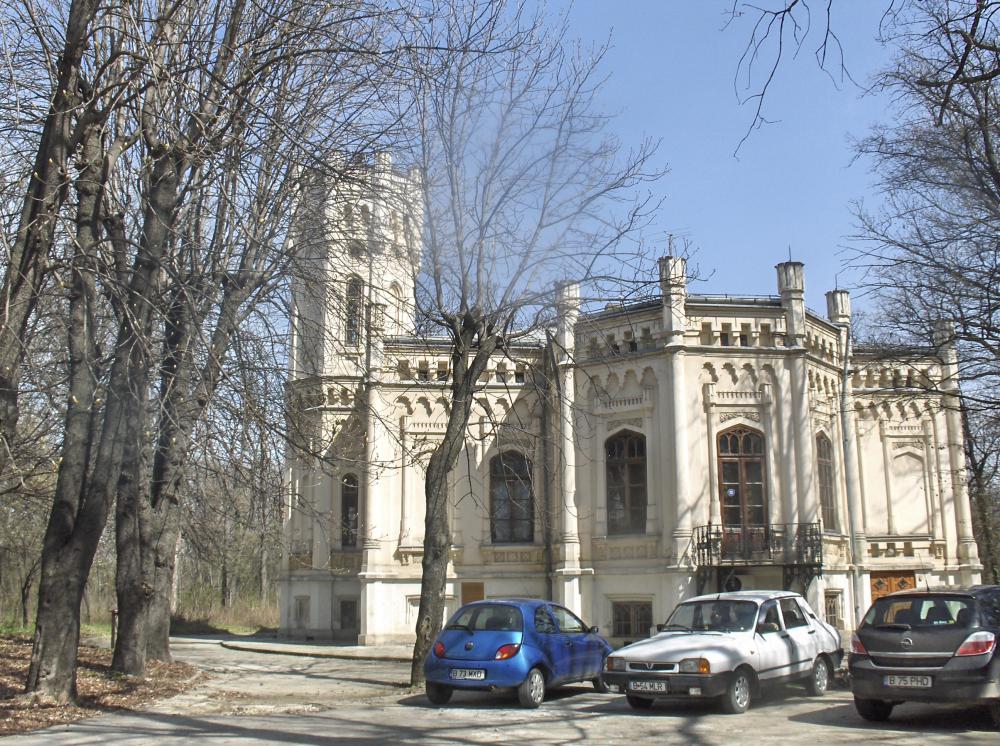
Fig. 4a. Bosianu House in octagonal shape (1859), Library of the Astronomical Institute (HPIM3401)
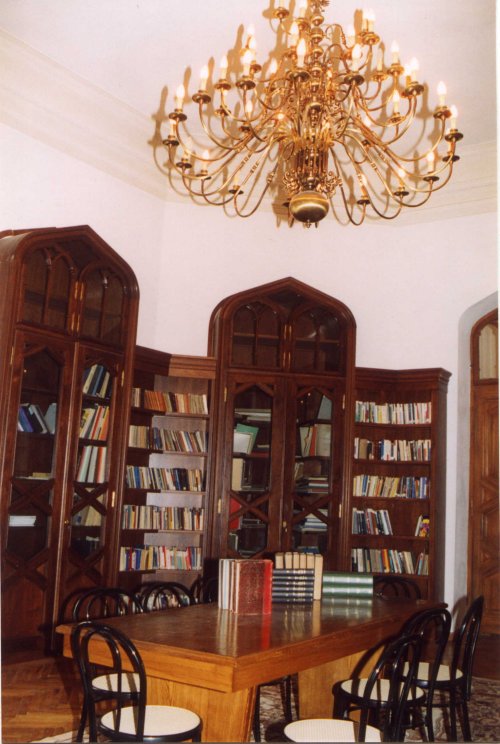
Fig. 4b. Bosianu House, Library of the Astronomical Institute
The Bosianu House in Romantic architectural style, with beautiful and exotic decorations, was built already in 1859 by Luigi Lipizer and uses octagonal shape. It is used today as Library of the Astronomical Institute.
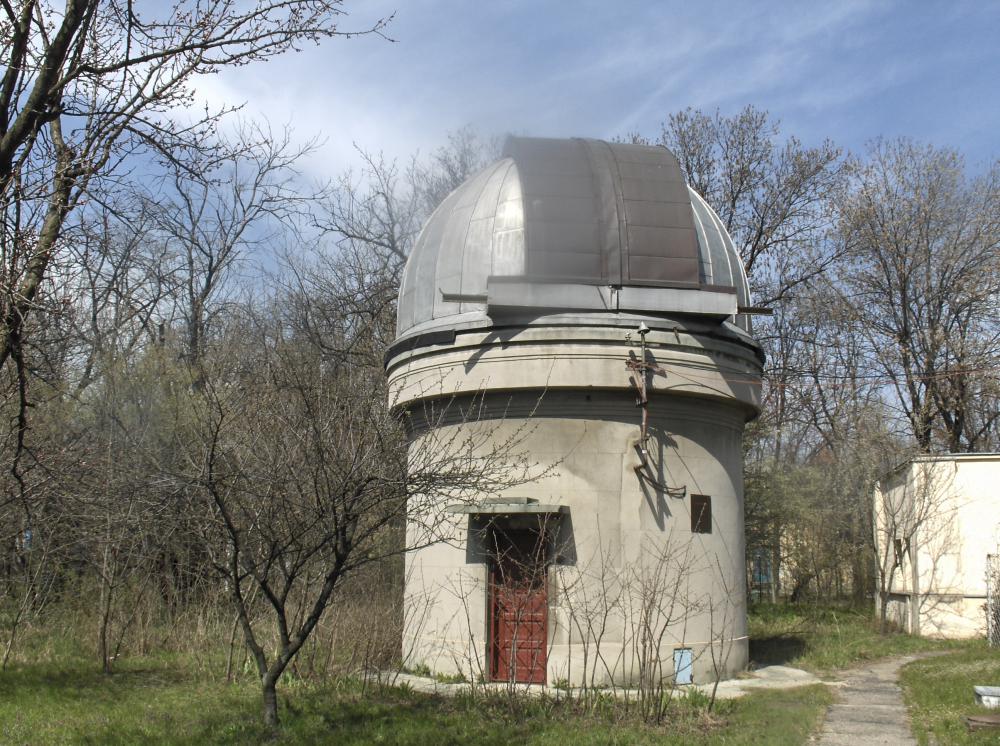
Fig. 5a. Astronomical Institute (1958), (HPIM3405)
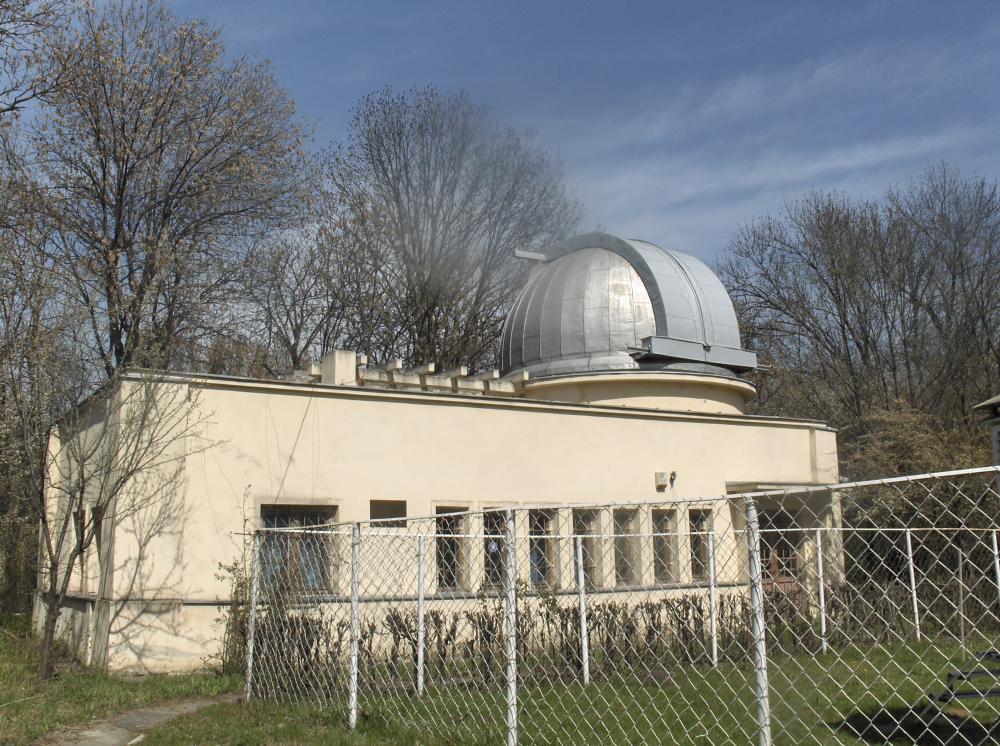
Fig. 5b. Sun Dome of the Astronomical Institute (1958), (HPIM3406)
In 1920, the Observatory was reorganized and Meteorology and Astronomy were separated.
The Sun Dome for monitoring the Sun with several Zeiss telescopes (and later with CCD cameras) was built in 1958.
Since 1990, three observatories in Bucharest, Cluj-Napoca and Timisoara became one institue, the "Astronomical Institute of the Romanian Academy", comprising several scientific research facilities.
History

Fig. 6a. Astronomical Institute of Romania with Meridian Hall, Gautier-Prin-telescope, installed in 1926
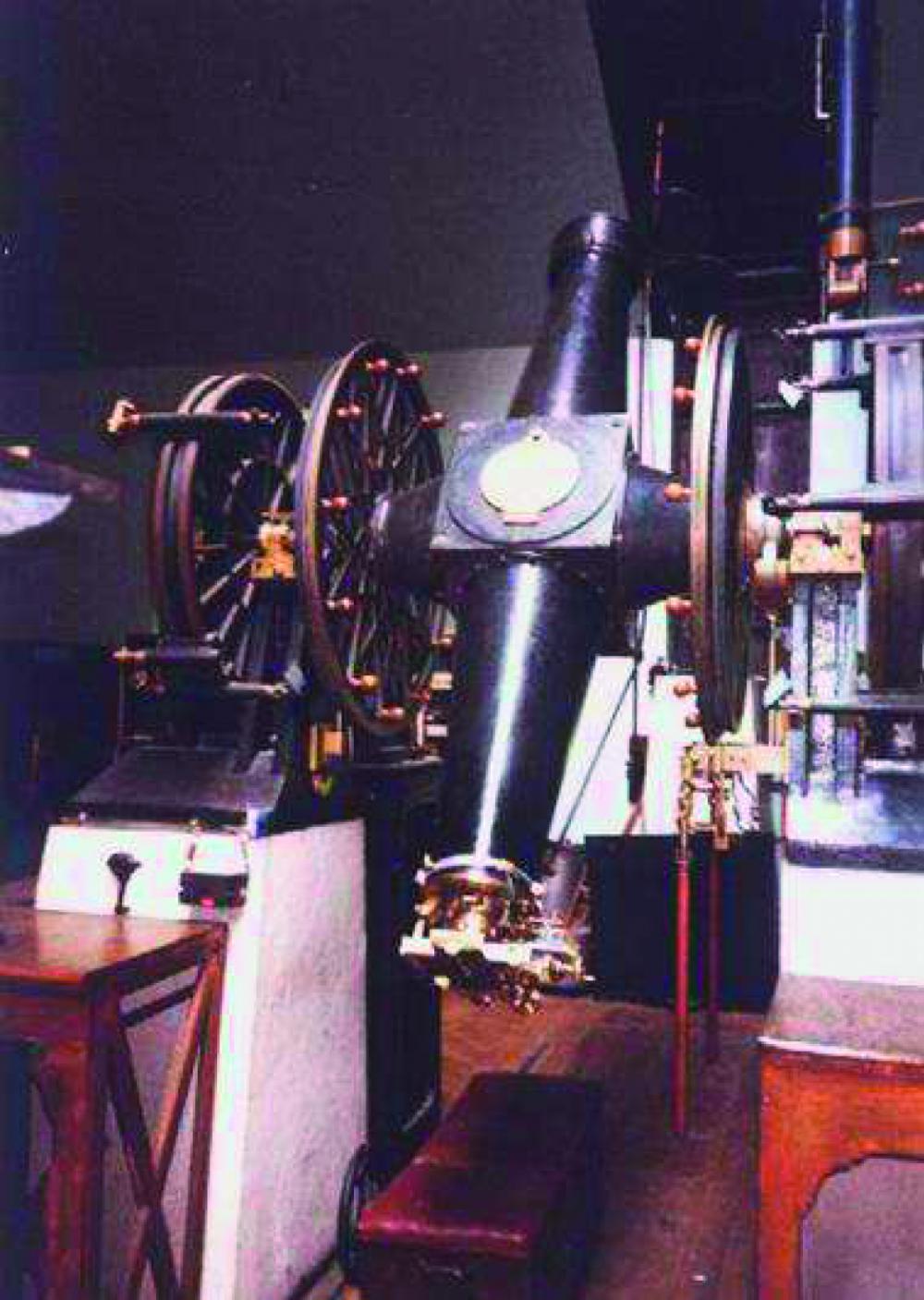
Fig. 6b. Meridian Circle (Stavinschi)
Instruments
- 19cm/235cm-Large Meridian Circle (19cm0/235cm), two declination circles of 1m diameter, divided at every 5’, with an impersonal micrometer,
two meridian marks located in a distance of 80-100m
- 38cm/6m-Prin-Merz Double Astrograph (1912), the largest refracting telescope in Romania, in an 11.5-m-dome and with an elevating platform.
- Ascorecord machine for measuring photographic plates (24x24cm), CCD camera (1995)
- 50cm/750cm Cassegrain Telescope (1964) with UBVRI filter system (Johnson photometric system)
- 130/1950mm Solar Refractor for white light photospheric, made by VEB Zeiss of Jena (1957), CCD cameras for monitoring the Sun
- 80/1200mm Solar Refractor for chromospheric observations, H-alpha Filter
- 110mm/1650mm Refractor, made by VEB Zeiss of Jena (1958), H-alpha Filter
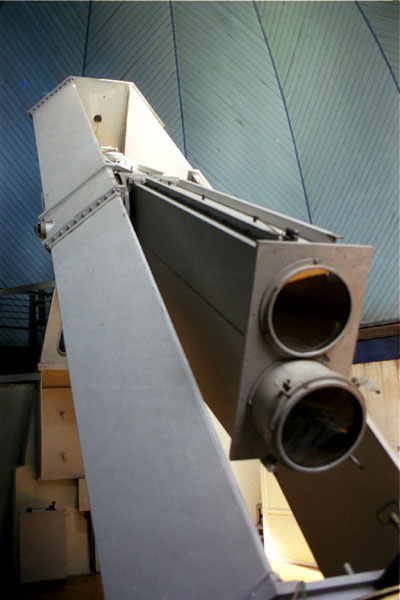
Fig. 7a. 38-cm-Prin-Merz Double Astrograph (1912)
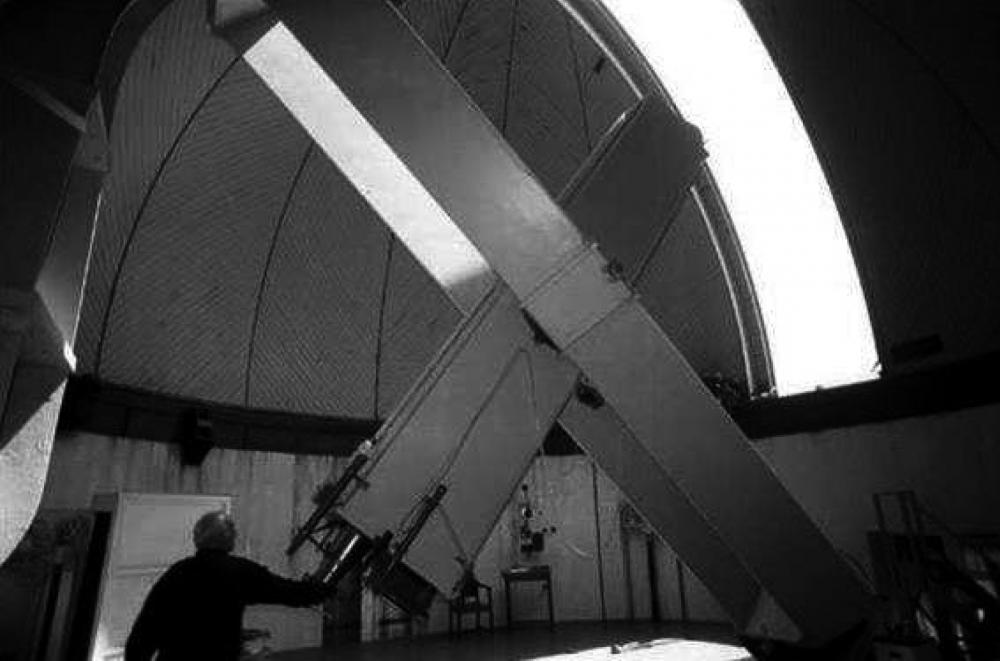
Fig. 7b. 38-cm-Prin-Merz Double Astrograph (1912) (Stavinschi)

Fig. 8a. Solar refractors with equatorial mounting

Fig. 8b. 50-cm-Cassegrain-Telescope (1964), (n8Je3DT)
Directors
- Nicolae C. Coculescu (1866--1952), director from 1908 to 1937
- Constantin C. Popovici (1878--1956), director from 1938 to 1943
- Gheorghe Demetrescu (1885--1969), director from 1943 to 1963
State of preservation
The Bucharest Oservatory is well preserved.
Comparison with related/similar sites
no information available
Threats or potential threats
no threats
Present use
The Bucharest Observatory is still used for astrophysical research.
In 1999, a Planetarium was added to the northern side of the main building, built by the architect Octav Dimitriu the civil engineer Radu Popescu.
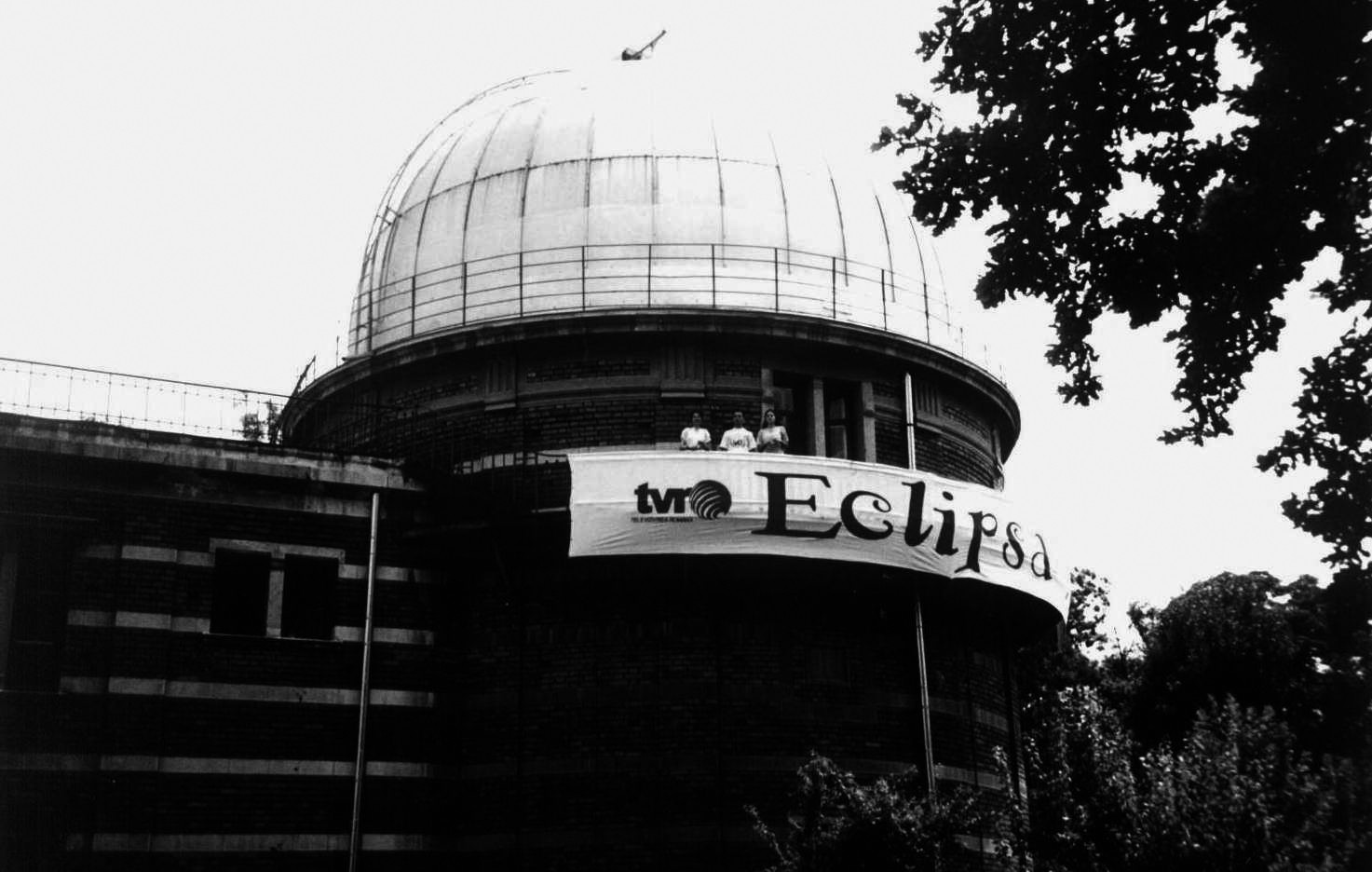
Fig. 9. Planetarium (1999), (Stavinschi)
Astronomical relevance today
The Bucharest Observatory is still used for astrophysical research.
Since 1990, the Astronomical Institute of the Romanian Academy has three observatories -- not only in Bucharest, but also in Cluj-Napoca (1921--1934, demolished in 1977, new building in 1982) and Timisoara (1962), comprising several scientific research facilities.
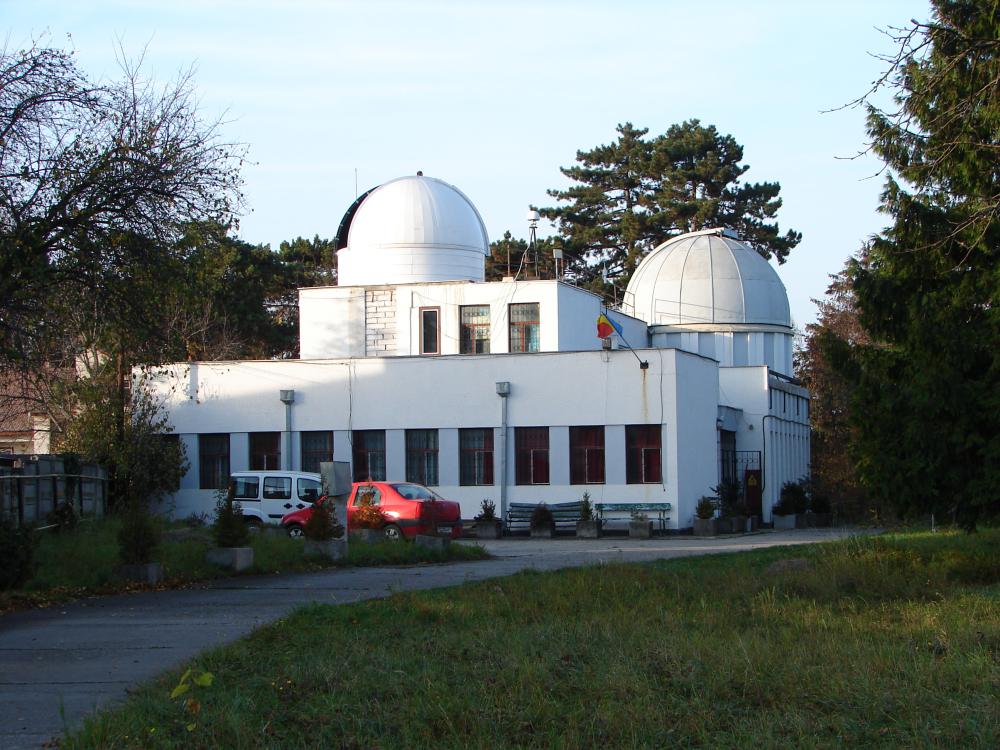
Fig. 10a. Cluj-Napoca Astronomical Observatory (1982)

Fig. 10b. Timisoara Astronomical Observatory (1962)
References
Bibliography (books and published articles)
- Dumitrache, Cristiana & Nedelia Antonia Popescu: Fifty Years of Romanian Astrophysics. Editura Cartea Universitara 2008.
- Stavinschi, Magda & Catalin Mosoia: Considering Heritage as Part of Astronomy - 100 Years of Bucharest Observatory. In: Wolfschmidt, Gudrun (ed.): Cultural Heritage of Astronomical Observatories -- From Classical Astronomy to Modern Astrophysics. Proceedings of International ICOMOS Symposium in Hamburg, October 14--17, 2008. Berlin: hendrik Bäßler-Verlag (International Council on Monuments and Sites, Monuments and Sites XVIII) 2009, p. 164-175.
Links to external sites
- Bucharest Observatory - History
- Bucharest Observatory - Buildings
- Bucharest Observatory - Instrumentation
- Bucuresti Observatory
- Nicolae Coculescu
- The modernity of the research of Romanian astronomer Constantin Popovici
- Academician Gheorghe Demetrescu - Forty years since he passed away
Links to external on-line pictures
no information available
No multimedia content published
Currently there is no multimedia content published for this case study











